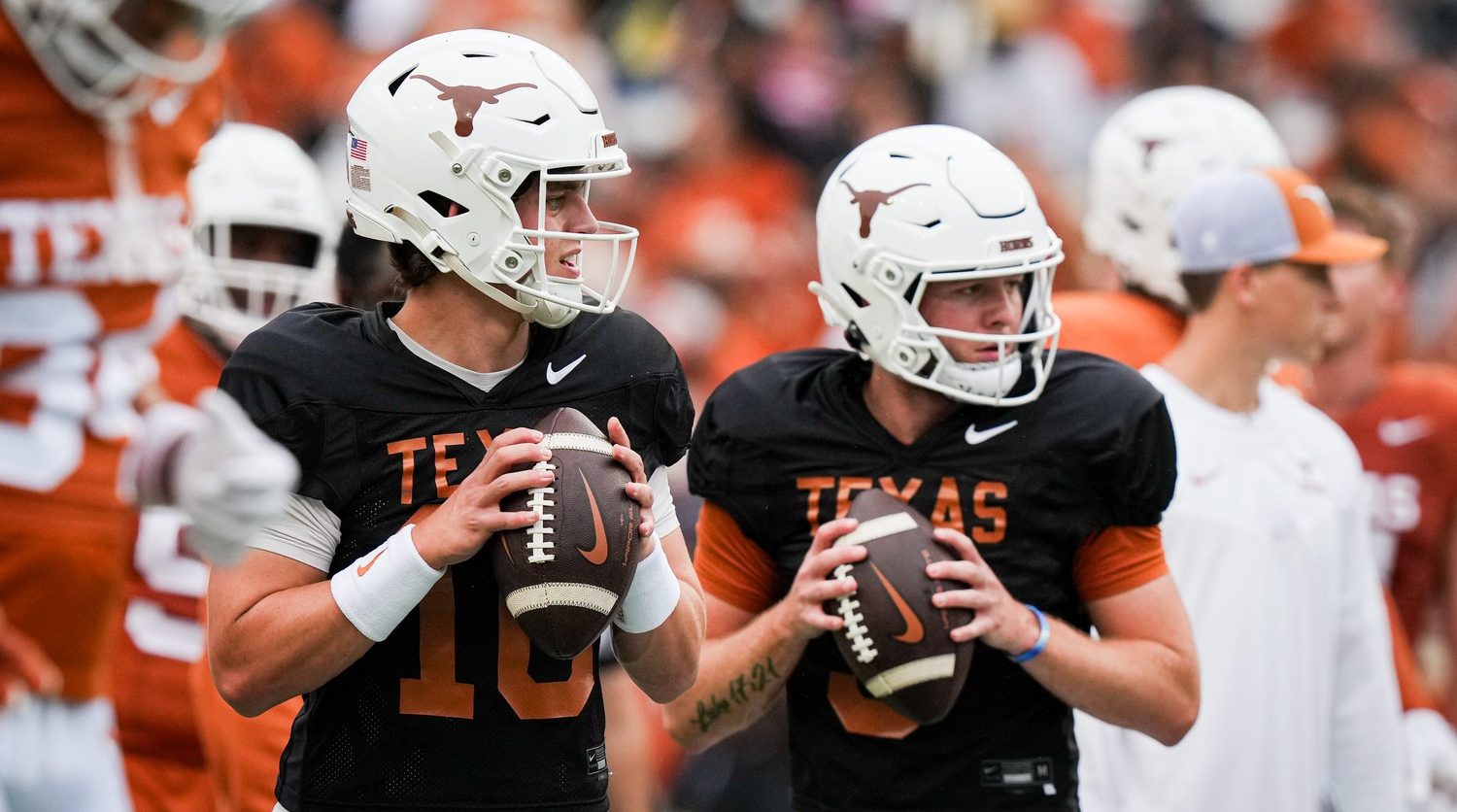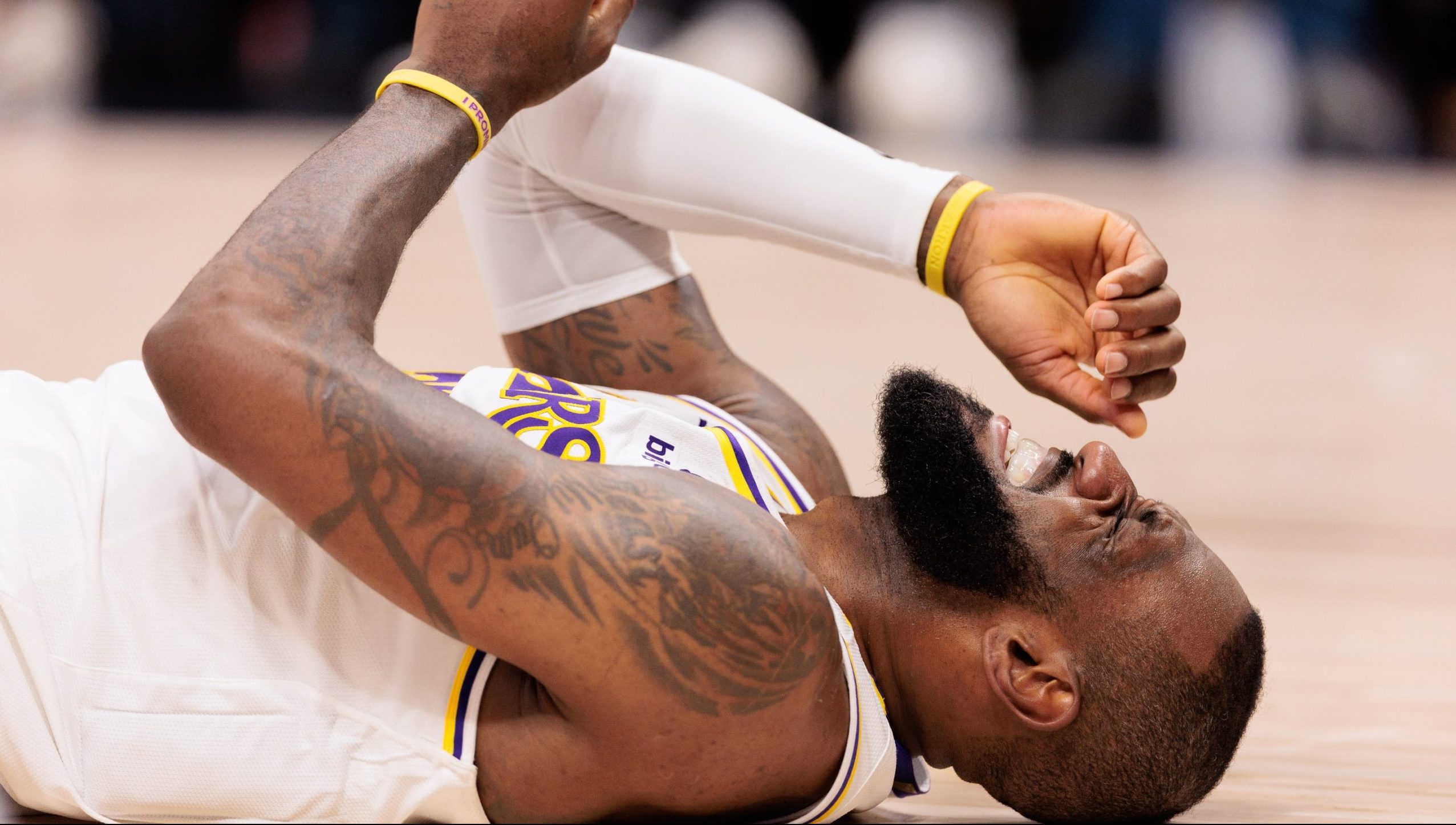In a call back to algebra class, FC Dallas’ recent club trajectory resembles a parabola. Its U-shaped line starting at a high, positive point, plummeted back to zero and then returned to the same point it had started. It’s been a rollercoaster for the Hoops.
FCD’s graph began in July of last year, when a 4-0 defeat at home to Vancouver sent them spiraling their latter half of the season into one of the worst collapses in MLS history. They entered that game as one of the best teams in the league and a defending Supporters’ Shield champion. Mauro Diaz was just returning from a torn ACL. Hopes were high in Frisco.
But they went out flat and got blasted by the ‘Caps on the day, and they never got out of their flat style of play for the rest of that season. They went winless in their next nine games, nosediving out of the playoff race and almost every player on the roster plunged into a slump. Manager Oscar Pareja had no answers. It was a collapse of epic proportions, one no one could have predicted out of the league’s paragon of stability.
FC Dallas didn’t address their myriad of concerns much in the offseason. Defenders Reto Ziegler and Anton Nedyalkov arrived from Eastern and Central Europe, and they signed goalkeeper Jimmy Maurer to compete with Jesse Gonzalez. But aside from the selling of center back Walker Zimmerman, it was a shockingly low amount of turnover.
Their parabola, though, took no hit and did not stray from its decidedly non-linear path. They hit their vertex in February as they disastrously flamed out of the Concacaf Champions League, but in MLS, they have lost just one of their first 10 games. Dallas are third in the Western Conference with 1.7 points per game, putting them on pace for about 58 points — just two less than their trophy-winning 2016 season.
Given their relatively easy schedule so far, these early results should not be taken as evidence of a complete revival. But any return to sanity and normalcy, especially one so reminiscent of their glory years, is huge.
The interesting thing about it is that it has been done with a group of players not too dissimilar from last year’s. Not a lot is different about this team. Diaz is the fulcrum, Maxi Urruti is the goalscorer and Matt Hedges is their rock in central defense. Aside from Nedyalkov, Ziegler and Maurer’s consistent entries into the starting XI, plus the emergence of Colombian winger Santiago Mosquera, they could easily be mistaken for an earlier FCD squad — on either end of the parabola.
Pareja has not abandoned his tactical style. They are playing a 4-4-2 formation over a 4-2-3-1 more often than they did while winning trophies, but the principles remain the same: press through Urruti, maintain a four-block defensive shape and be direct in attack. Whether Diaz has been in the XI or not, Pareja has at least tried to preserve these ideals throughout his tenure in Dallas.
Their press, compellingly enough, is both conservative in nature and a primary attacking method. It flows almost entirely through Urruti, who is the best pressing forward in MLS. With a never-ending work rate and a knack for blanketing passing lanes, he forces teams to make quick decisions at the back, messing up their possession sequences.
Mosquera and Roland Lamah are also swift to the ball, but their directive is not to swarm or trap; it is instead to individually challenge players at the back and force teams to play out of FCD’s fast but light press. If they mess up, Dallas run in the other direction. Urruti, Mosquera and Lamah hit their channels hard and Diaz does masterful number 10 things.
If the opposition tries to use the space vacated by individual pressers, Dallas is ready for it. Their central midfield of Carlos Gruezo and Kellyn Acosta plays a high line and is prepared to step forward any time. Both players are pure ball-winners and have become very smart about knowing when they can safely step. It has proven difficult for teams to passing-triangle their way out of this situation.
An obvious counter then appears: outnumber the individual presser, force a midfielder to step out of the already-high line to fill that space, and then hit a ball over the top. The possession-happy Columbus Crew SC, knowing that the New England Revolution would try to man-mark them out of their build-up play, did something similar to this last Saturday.
Pareja’s answer is simple, and not always pretty. He is perfectly content to forego that last rotation by Gruezo or Acosta and maintain a tight 4-4-2 defensive shape, sacrificing the opportunity to force deep turnovers in the name of defense. Dallas are cool with letting you pass around in the back. They like when the game slows down, because they know they are strong enough defensively and fast enough offensively to out-scrap the other team.
They are also content and well-drilled at playing a deep-block if the opposition has proven adept at beating their higher, more attacking look. Gruezo and Acosta can still win the ball and close down space, just deeper in the midfield. The same goes for Diaz’s ability to hit through-balls and dribble into space.
While not yet perfect, this system has become increasingly organized in the last few weeks. In goes hand in hand with the individual betterment of players throughout the roster, occurring because there is increased competition for spots. Players need to play better to keep their jobs, rather than falling into the complacency that plagued FCD last year.
Now, FC Dallas are closing back in on the top of the parabola. They are legitimate contenders in a conference without a favorite yet. Avoiding another fall down the arc will be crucial to continuing their climb.






